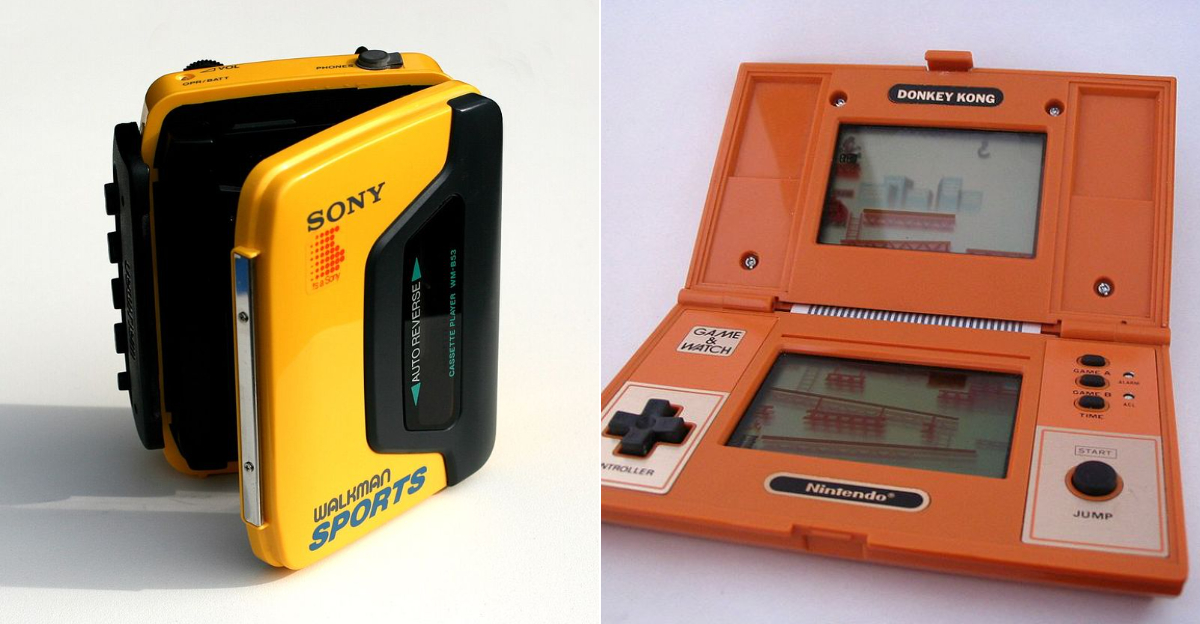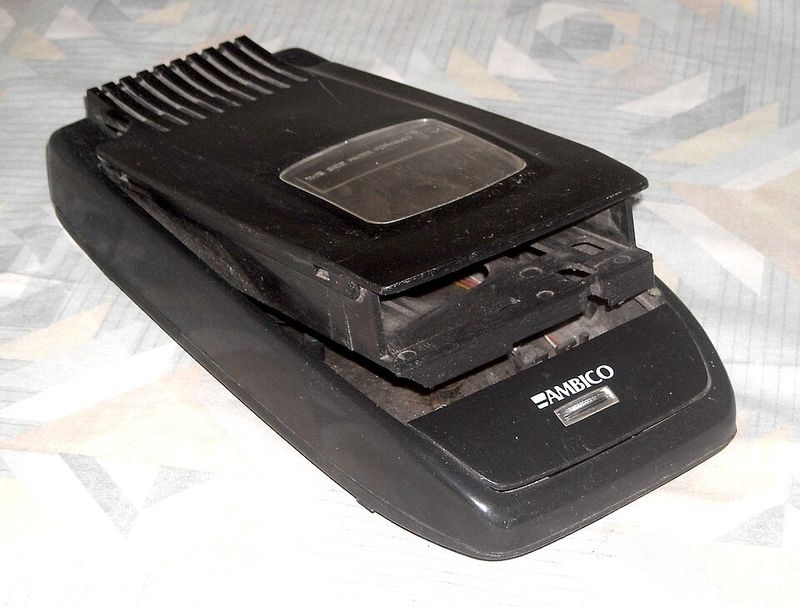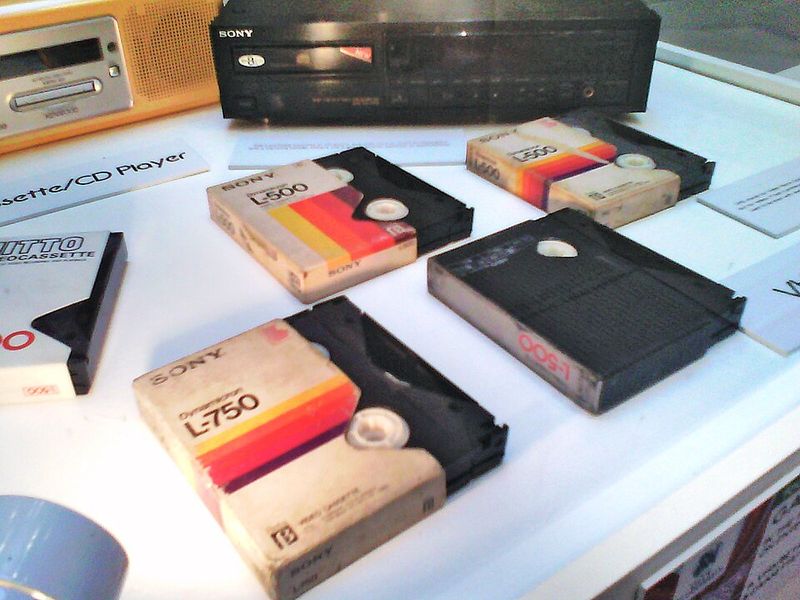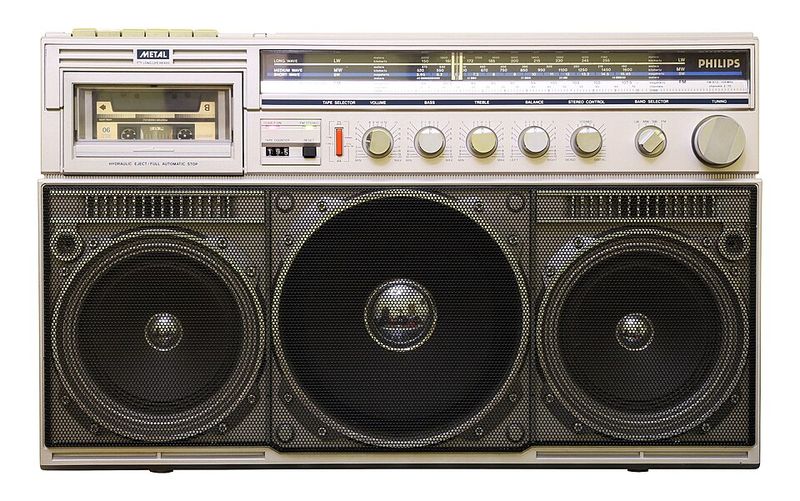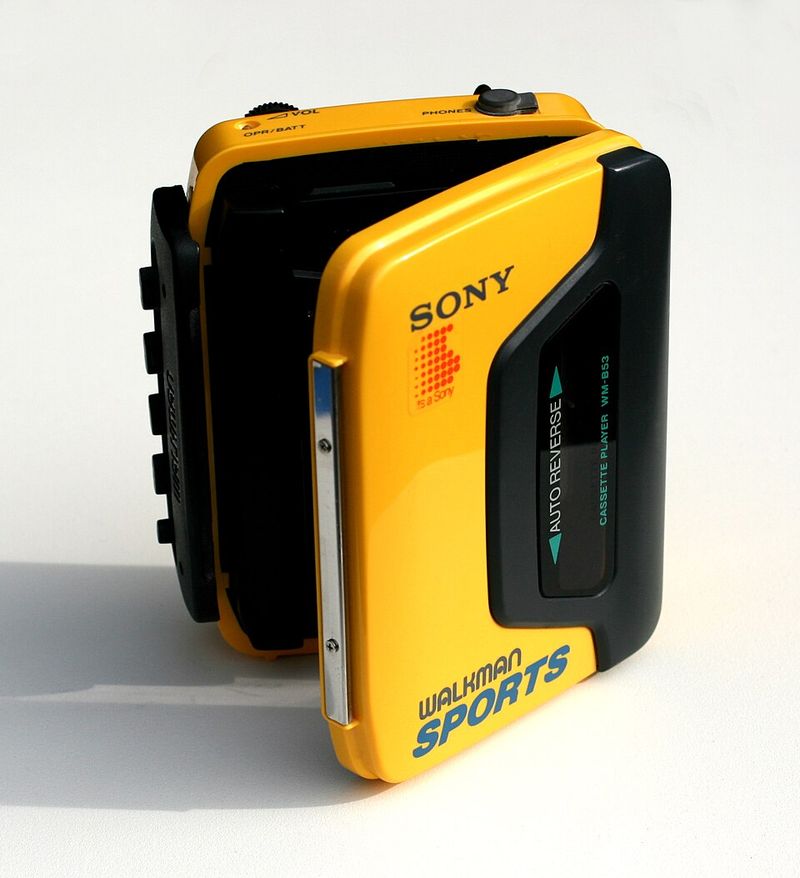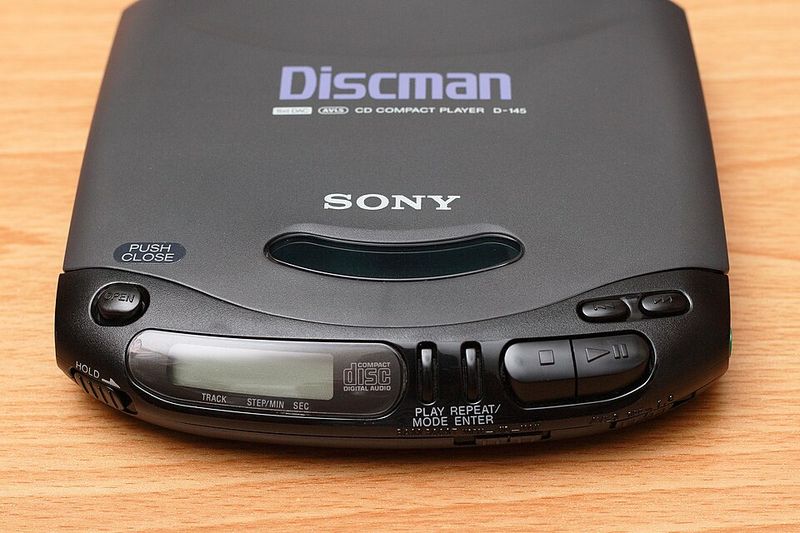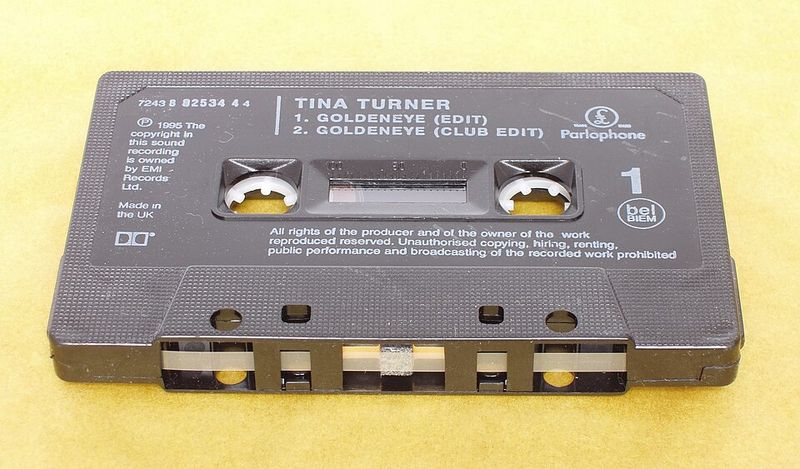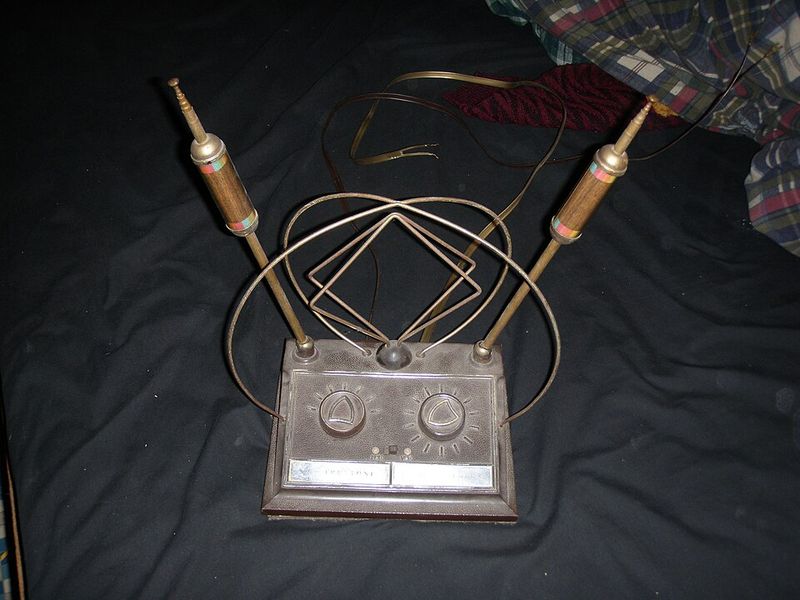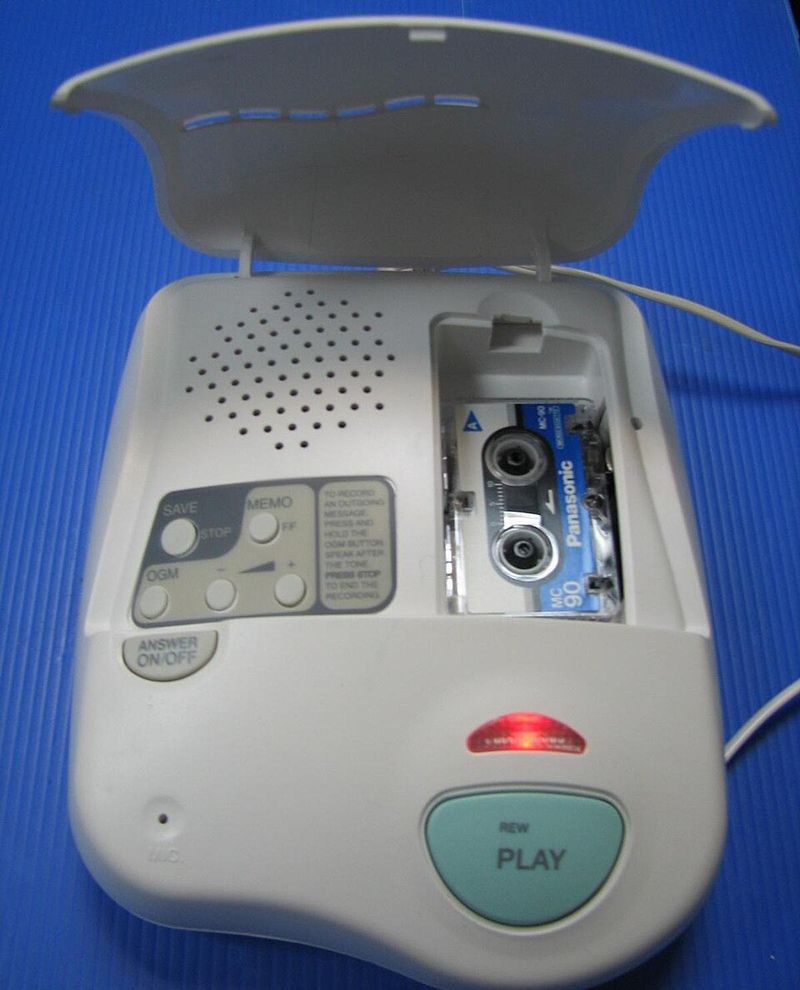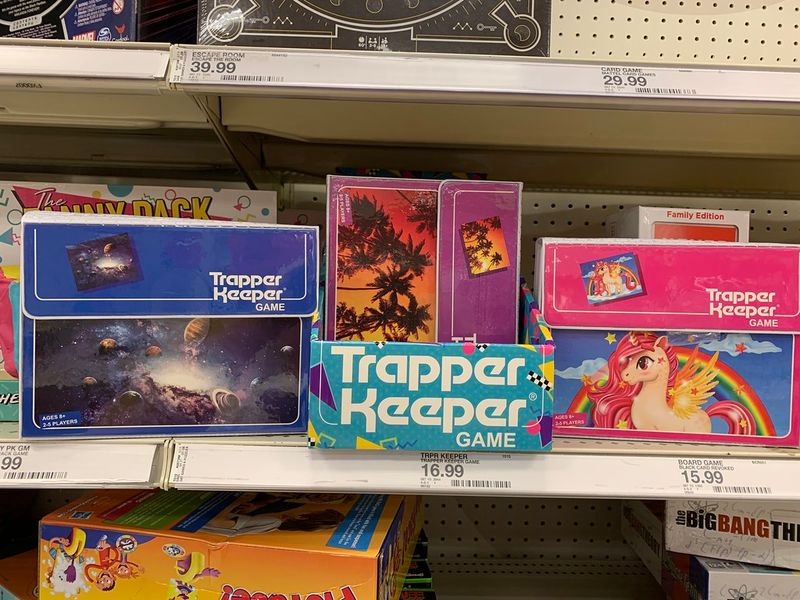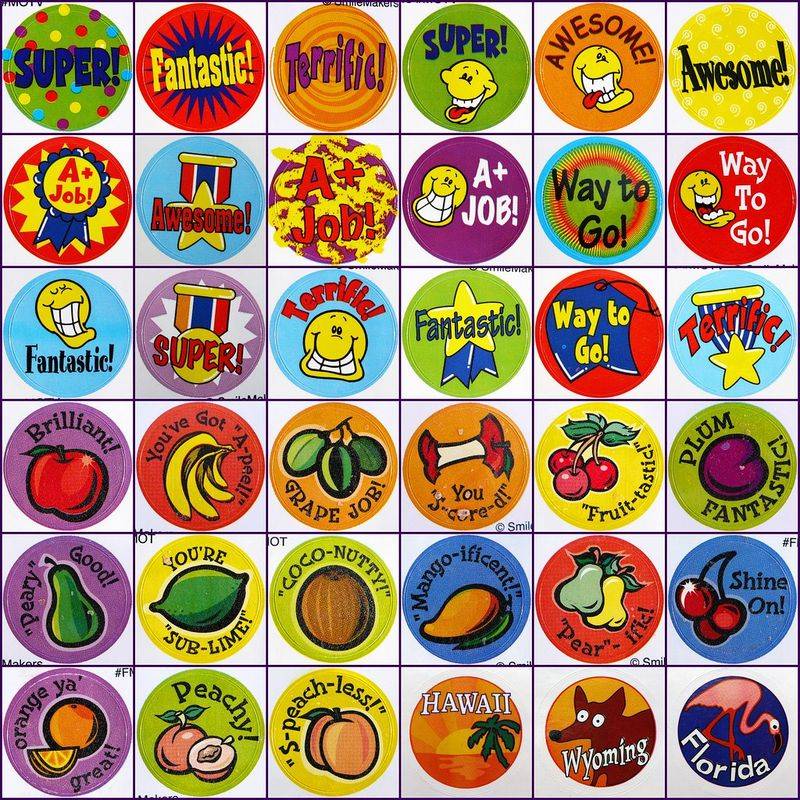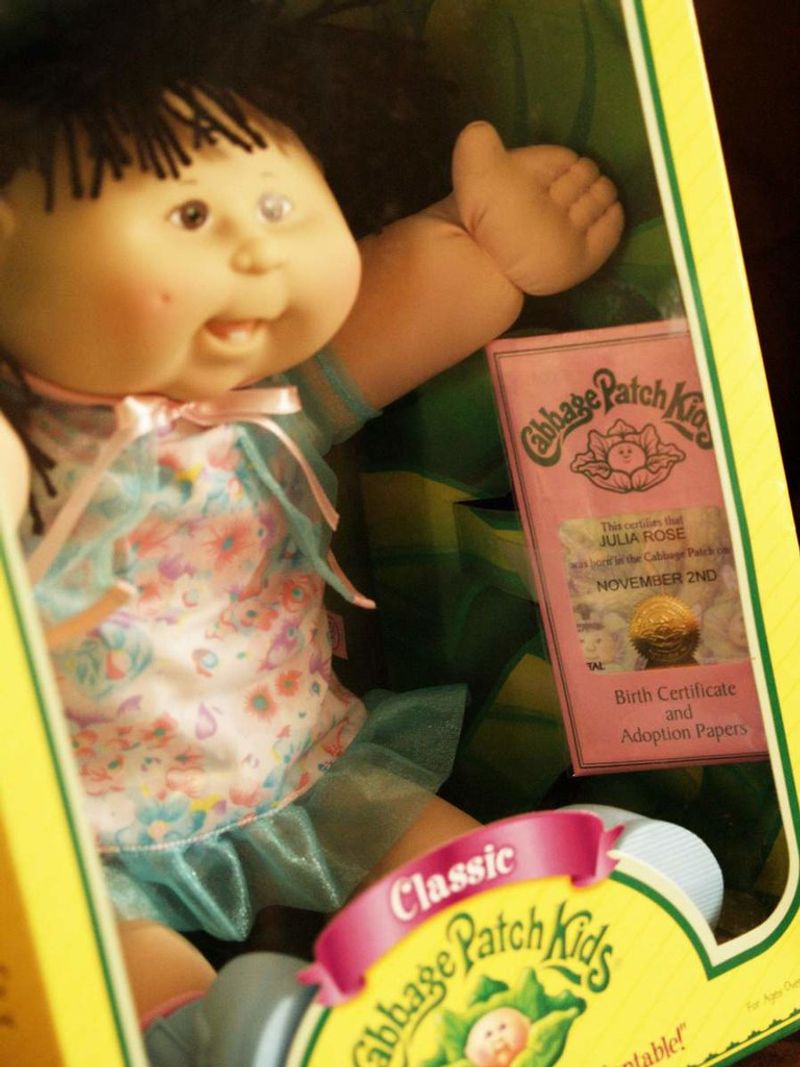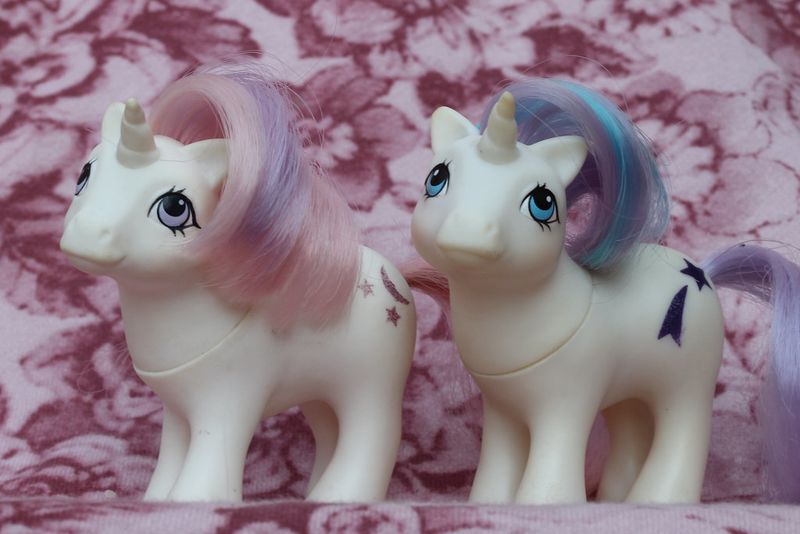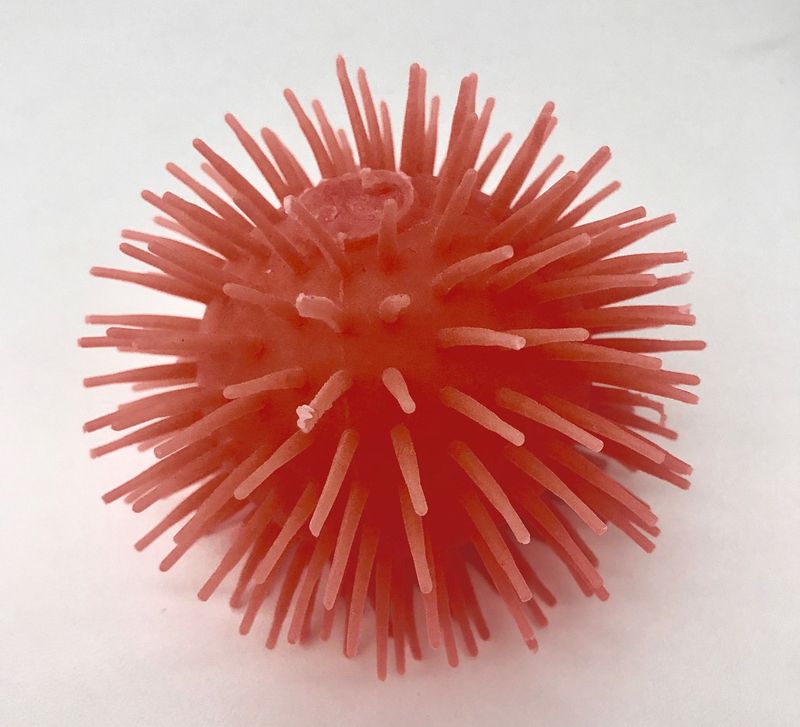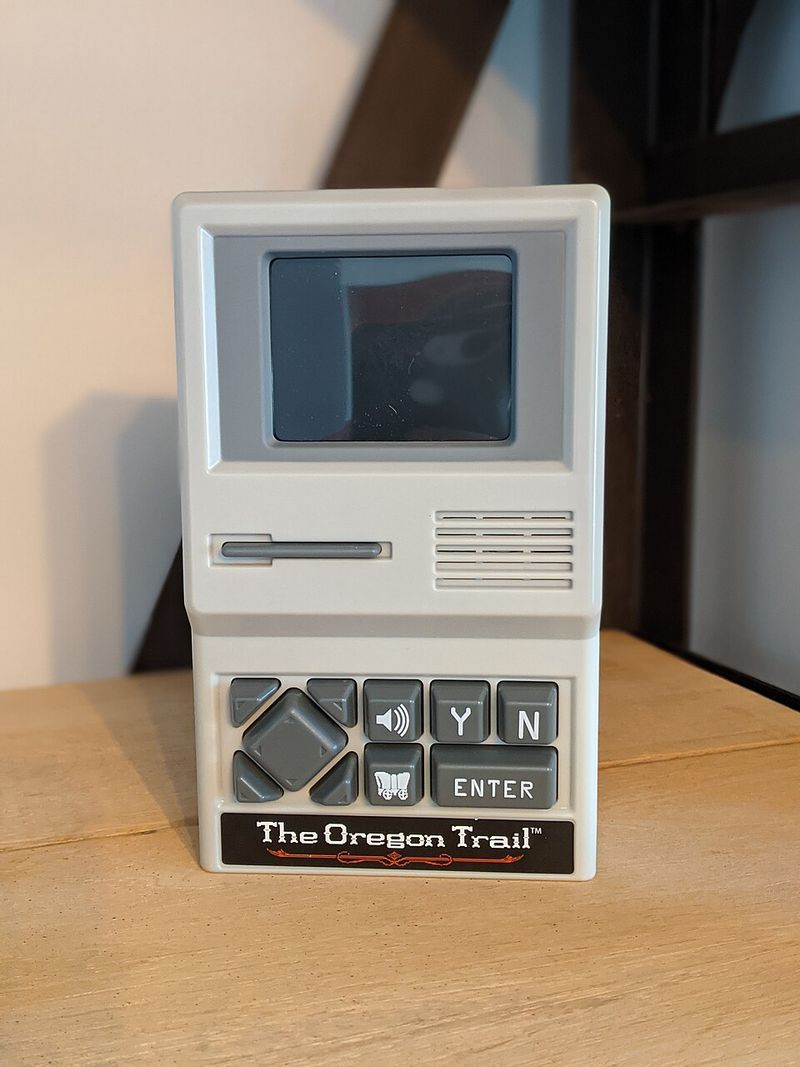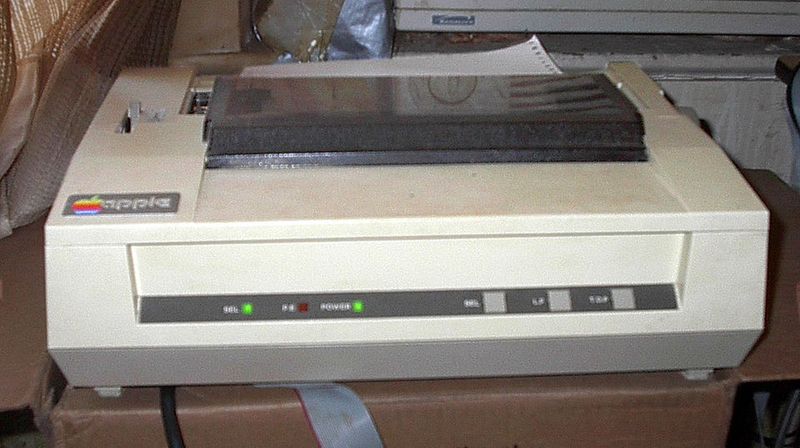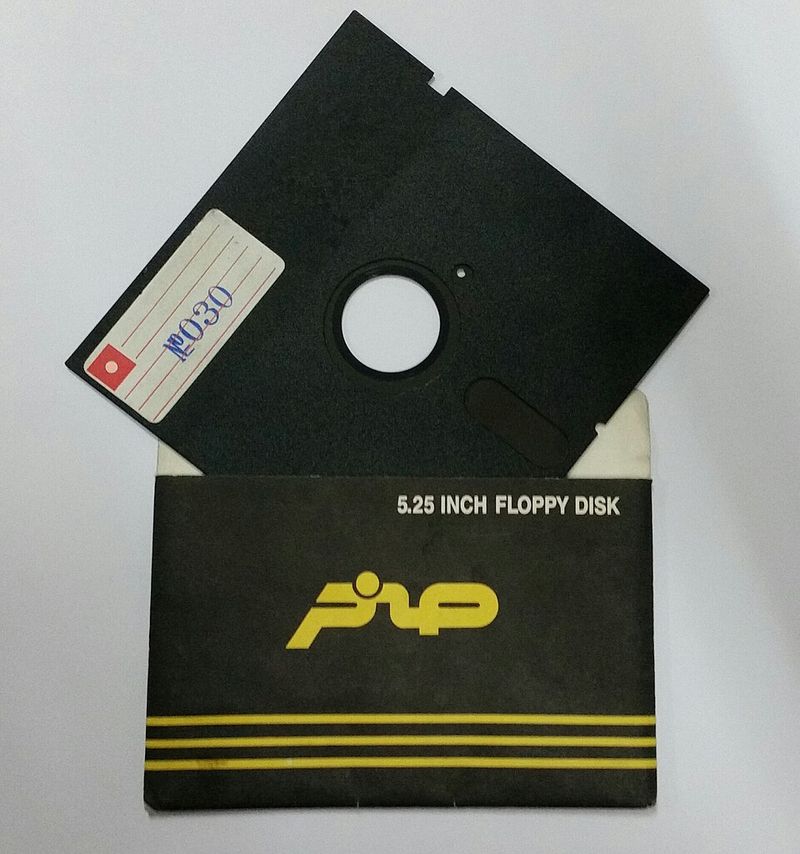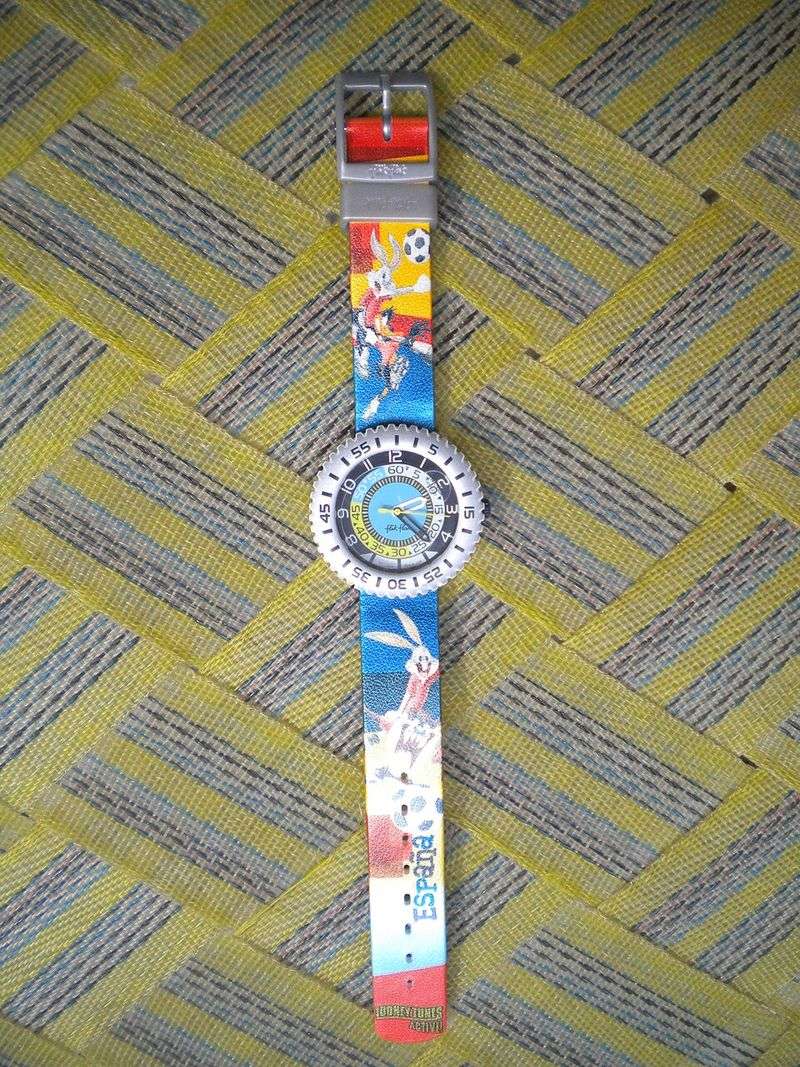Remember when you had to rewind your VHS tapes with a separate machine, or when jelly shoes were the height of fashion? The 1980s gave us some of the most wonderfully weird gadgets, toys, and trends that shaped an entire generation. Most of these iconic items have faded from memory, tucked away in attics or completely forgotten until someone mentions them. Get ready for a nostalgia trip as we revisit 30 totally rad things from the ’80s that you probably haven’t thought about in decades.
1. VHS Rewinders
Remember when you just finished watching your rental copy of Back to the Future, but before returning it, you need to rewind the whole thing. There was this VHS rewinder, a chunky plastic box designed to do one job and do it fast.
Rental stores plastered stickers everywhere reminding customers to “Be Kind, Rewind.” If you didn’t, you’d face late fees or angry looks from the clerk. Many families bought their own rewinders, convinced they were protecting their precious VCR heads from wear and tear.
Some models came shaped like race cars or sports cars, making the mundane task slightly more fun. The satisfying click when the tape finished rewinding became a household sound throughout the decade.
2. Betamax Tapes
Sony believed they had the superior product, and technically, they were right. Betamax offered better picture quality and more reliable recording than VHS, yet somehow lost the format war anyway.
The problem wasn’t quality but strategy. VHS tapes could record longer programs, and more studios licensed content for the format. By the mid-’80s, Betamax was already fading, though die-hard fans held on for years.
Walking into a video store with a Betamax player at home meant disappointment. The Betamax section shrank month by month while VHS exploded. Eventually, even Sony had to admit defeat and start producing VHS players themselves.
3. LaserDisc
Imagine a DVD the size of a vinyl record, and you’ve got LaserDisc. Audiophiles and videophiles adored the format for its pristine analog video and the ability to skip chapters instantly, something VHS couldn’t touch.
The discs looked futuristic and impressive stacked on a shelf. Special features, director commentaries, and widescreen presentations made LaserDisc the choice for serious movie collectors. But the players were expensive, and the discs cost way more than VHS rentals.
Most families stuck with their trusty VCRs while tech enthusiasts built LaserDisc libraries. The format never went mainstream, remaining a cult favorite until DVDs finally delivered similar quality in a smaller package.
4. Boombox Ghetto Blasters
Nothing announced your arrival quite like hoisting a massive boombox onto your shoulder and cranking up the volume. These portable stereos became cultural icons, appearing in breakdancing circles, parks, and street corners everywhere.
The best models featured dual cassette decks for making mixtapes, graphic equalizers with dancing LED lights, and detachable speakers. Some weighed over 20 pounds fully loaded with D batteries, giving you a shoulder workout along with your soundtrack.
Blasting Run-DMC or Madonna from your boombox wasn’t just about music. It was about claiming space, making a statement, and sharing your taste with everyone within a three-block radius whether they wanted to hear it or not.
5. Sony Walkman (and the Yellow Sports Walkman)
Before smartphones put entire music libraries in our pockets, the Walkman revolutionized how we experienced audio. Suddenly, your favorite cassette could accompany you anywhere: jogging, commuting, or just lying on your bed staring at the ceiling.
The bright yellow Sports Walkman became the ultimate status symbol. Its water-resistant design and rugged build meant you could take it to the beach, the gym, or even in light rain without worry. Those foam headphones became as iconic as the device itself.
Owning a Walkman meant freedom. You could tune out the world and create your own soundtrack, something we take for granted now but felt revolutionary in the ’80s.
6. Discman (Portable CD Player)
When CDs hit the mainstream, Sony promised the future of portable music with the Discman. Crystal-clear digital sound, no tape hiss, and the ability to skip tracks instantly made it seem like magic compared to cassettes.
There was just one tiny problem: the thing skipped like crazy if you moved. Walking too fast? Skip. Jogging? Forget about it. Even riding in a car on a bumpy road turned your favorite album into a stuttering mess.
Later models added anti-skip protection with buffer memory, but early Discmans required you to basically sit still. Still, the sound quality kept people buying them, and seeing someone carefully balance-walking with a Discman became a common ’80s sight.
7. Cassette Singles (Cassingles)
Why buy a whole album when you just wanted that one hit song? Cassingles solved this problem perfectly. Introduced in 1987, these mini cassettes featured the radio hit on one side and a B-side track on the other.
Record stores placed them right at the checkout counter for impulse buys. At a fraction of the cost of a full album, kids could afford to grab the latest Madonna or Michael Jackson single with their allowance money.
The format was brilliant but short-lived. As CDs took over in the ’90s, cassingles faded away, but for a few years, they dominated the singles market and made music more accessible to everyone.
8. Pencil-Rewinding Cassettes
Every ’80s kid learned this essential survival skill: when your tape player ate your favorite cassette, you grabbed a pencil and got to work. Stick the pencil through one of the little holes in the tape hub and twist carefully.
Sometimes the tape would come out crinkled and stretched. Other times, you’d successfully rescue it and keep jamming to your mixtape. The pencil method was slower than a rewinder but infinitely more satisfying when it worked.
This simple trick saved countless allowance-purchased tapes from the garbage. Parents would walk in to find kids hunched over cassettes, pencil in hand, faces scrunched in concentration like they were performing delicate surgery.
9. TV Rabbit Ears Antennas
Cable TV was a luxury many families didn’t have, which meant adjusting those rabbit ears became a daily ritual. You’d twist, turn, extend, and retract the metal rods while someone yelled from the couch about whether the picture was getting better or worse.
When reception was particularly stubborn, aluminum foil came to the rescue. Wrapping foil around the antenna tips sometimes pulled in those elusive channels, though nobody really understood why. One person would hold the antenna in a weird position while everyone else watched, afraid to breathe and ruin the signal.
Saturday morning cartoons often required a good 10 minutes of antenna adjustment before you could finally settle in with your cereal bowl.
10. Channel 3/4 Switches
Want to play your Atari or watch a VHS tape? First, you had to flip that little switch to Channel 3 or 4, then tune your TV to match. This RF switch was the gateway between regular TV and your entertainment devices.
The switch box itself was a plain plastic rectangle with a slider and a couple of coaxial cable connectors. Simple, unglamorous, but absolutely essential. Without it, your game console was just an expensive paperweight.
Arguments erupted when someone forgot to switch it back after gaming, leaving parents confused about why the TV suddenly didn’t work. That tiny switch controlled access to an entire world of entertainment, making it more important than it looked.
11. Analog Cable Boxes with Slide Tuners
Before digital cable and on-screen guides, changing channels meant physically sliding a mechanical tuner or pressing chunky buttons on a separate box. A red LED display showed your current channel number, and that was about it for user interface.
Some models made satisfying clicking sounds as you slid through channels. Others had rows of buttons that you’d punch like a calculator. Premium channels required a special box or a key that unlocked certain frequencies.
The cable box added another layer of complexity to TV watching. Remote controls, when they existed, were wired directly to the box. Losing that remote meant getting up every single time you wanted to change channels.
12. Answering Machines with Microcassettes
Missing a phone call used to mean you’d never know who called. Answering machines changed everything by recording messages on tiny cassettes. You’d come home, see the blinking light, and press play to hear who wanted to reach you.
Recording your outgoing greeting was an art form. Some people kept it simple and professional. Others created elaborate productions with music and jokes, making callers sit through 30 seconds of entertainment before the beep.
The machine would whir and click as it rewound the tape. When the tape filled up, you had to manually rewind or flip it to keep recording. Forgetting to check your messages meant that tiny tape might be full of important calls you’d never hear.
13. Pagers/Beepers
Beep beep beep. That sound meant someone needed you, and you’d better find a payphone fast. Pagers displayed phone numbers, and later, numeric codes that people used like a secret language. “911” meant urgent, “143” meant I love you.
Doctors and business people wore them first, but by the late ’80s, pagers became status symbols for teenagers too. Having a pager meant you were important enough that people needed to reach you immediately. You’d check it constantly, hoping for messages.
The ritual was simple: get paged, find a phone, call back. No texting, no voicemail on the device itself. Just a number and the understanding that you needed to respond quickly.
14. Trapper Keeper
That satisfying riiip of Velcro opening your Trapper Keeper meant school was in session. These binders weren’t just organizational tools, they were identity statements covered in wild geometric patterns, sports cars, or abstract designs that screamed ’80s.
The genius was in the design: folders with vertical pockets trapped loose papers instead of letting them fall out. Everything stayed organized inside the hard binder shell. Rings held notebook paper while the folders kept handouts and assignments separated by subject.
Picking out your Trapper Keeper before school started was a major decision. The design you chose said something about who you were. Plus, closing that Velcro flap with authority after class felt incredibly satisfying every single time.
15. Scratch-and-Sniff Stickers
Scratch the sticker, smell the scent. This simple concept created an entire economy in elementary schools. Kids collected, traded, and hoarded scratch-and-sniff stickers like precious commodities. Pizza, popcorn, strawberry, and chocolate were the classics.
Teachers used them as rewards for good work or behavior. Getting a scratch-and-sniff sticker on your paper was better than a gold star. You’d show it off to friends, let them smell it, and carefully preserve it in your sticker album.
The technology was simple: microencapsulated scent particles released when you scratched the surface. But to kids, it was pure magic. Some stickers kept their smell for years, while others faded quickly, making fresh ones even more valuable.
16. Garbage Pail Kids
Take something cute and innocent like Cabbage Patch Kids, then make it absolutely disgusting. That’s Garbage Pail Kids in a nutshell. Topps released these trading cards in 1985, featuring characters with names like Adam Bomb and Nasty Nick doing revolting things.
Parents hated them, which of course made kids love them even more. Schools banned them, creating an underground trading economy on playgrounds everywhere. The artwork was genuinely creative and detailed, even if the subject matter was boogers, vomit, and worse.
Collecting complete sets became an obsession. Each pack came with a stick of rock-hard gum and a few random cards. The gross-out humor perfectly matched the sensibilities of ’80s kids who thought bodily functions were hilarious.
17. Cabbage Patch Kids
The toy craze that launched a thousand news stories about parents fighting in store aisles. Cabbage Patch Kids weren’t just dolls, they were adopted with official birth certificates and unique names. Each one looked slightly different, making them feel special and one-of-a-kind.
Stores couldn’t keep them in stock during the 1983 holiday season. Parents camped out overnight and literally wrestled other shoppers for the last doll on the shelf. The frenzy became a cultural phenomenon that defined ’80s toy madness.
What made them so appealing? Maybe it was the soft, huggable bodies and those round faces. Perhaps it was the adoption papers that made kids feel responsible and caring. Whatever the reason, owning a Cabbage Patch Kid was essential to childhood in the ’80s.
18. My Little Pony (G1)
Pastel plastic ponies with impossibly long, combable manes invaded toy boxes starting in 1983. Each pony had a unique symbol on its flank and its own name and personality. Collecting them became addictive, with new ponies releasing regularly.
The cartoon show turned the toys into characters with stories and adventures. Kids would recreate episodes or make up their own, brushing those synthetic manes until they frizzed beyond repair. Special ponies had glitter in their plastic or wings that actually moved.
Dream Castle playsets, grooming accessories, and dozens of pony characters created an entire universe to collect. The gentle fantasy world of My Little Pony offered a colorful escape that millions of kids galloped into enthusiastically.
19. Koosh Balls
A ball made of thousands of rubber strings that felt weird and wonderful to squeeze. Koosh balls appeared in 1987 and immediately became the fidget toy of choice. You could toss them, catch them easily, or just sit and run your fingers through the rubber strands.
The inventor created them so his young daughter could catch a ball more easily. The rubbery filaments made them nearly impossible to drop, and they didn’t hurt when they hit you. Perfect for indoor play without breaking lamps.
Neon colors made them even more appealing. Everyone had to touch one when they saw it, and that tactile appeal drove sales through the roof. Schools eventually banned them because kids couldn’t stop playing with them during class.
20. Nintendo Entertainment System (NES) Zapper
Point the orange plastic gun at your TV screen, pull the trigger, and watch those ducks fall from the sky. The NES Zapper made Duck Hunt one of the most recognizable games of the ’80s. That laughing dog mocking your missed shots became infamous.
The light gun worked through clever technology: when you pulled the trigger, the screen flashed black with white target boxes for a split second. A sensor in the gun detected whether you were aimed at the right spot. Simple but effective.
Later models came in grey after concerns about orange guns looking too realistic. Regardless of color, the Zapper represented hours of shooting practice and frustration when the sensor stopped working properly from sitting too close to the TV.
21. Game & Watch
Before Game Boy, Nintendo created Game & Watch, pocket-sized LCD games that were maddeningly addictive despite their simplicity. Each unit played one game: Donkey Kong, Octopus, Fire, or dozens of others. The LCD characters moved in preset positions as you pressed buttons.
The clamshell designs protected the screen and doubled as a clock when not in use, hence the name. Kids would smuggle them to school and play under their desks, mesmerized by the simple graphics and challenging gameplay.
High scores were everything since there was nothing else to achieve. You’d play the same game hundreds of times, trying to beat your personal best. Despite their limitations, Game & Watch devices sold millions and proved portable gaming had a massive market.
22. The Oregon Trail (Apple II Era)
You have died of dysentery. That phrase became the unofficial slogan of computer class throughout the ’80s. The Oregon Trail turned westward expansion into an educational game where you made decisions about supplies, hunting, and river crossings while hoping your wagon party survived.
Schools loved it because kids learned history and problem-solving. Kids loved it because you could name your party members after friends and then laugh when they got snakebite or broke a leg. The hunting minigame let you shoot pixelated buffalo with impressive intensity.
Computer lab time meant fighting for a chance to play. The game was brutally difficult, killing your party with random disasters constantly. But every player believed this time would be different, this time they’d make it to Oregon alive.
23. The Print Shop & Dot-Matrix Banners
The Print Shop software turned home computers into banner-making machines. Dot-matrix printers would screech and grind away, printing giant letters across continuous sheets of perforated paper. Every birthday party and school project got the banner treatment.
You’d select your font, add clip art borders, and send it to print. Then you’d wait as the printer slowly punched out each line, the paper folding into a growing pile behind the machine. The paper had holes along each edge for the tractor feed to pull it through.
When finished, you’d carefully separate the perforated edges and tape your banner across the wall. The pixelated text and simple graphics looked homemade but charming. Every ’80s kid remembers that distinctive dot-matrix sound and the smell of warm printer paper.
24. 25-Inch Floppy Disks
Floppy disks were actually floppy, unlike the hard plastic 3.5-inch disks that came later. These 5.25-inch squares of magnetic storage held your programs and data, protected only by a thin paper sleeve and your careful handling. Bending one meant losing everything stored on it.
Each disk held a whopping 360 kilobytes of data, maybe 1.2 MB if you had a high-density drive. You’d label them with marker and keep them in plastic storage boxes, building a library of software and saved files. Losing a disk was devastating.
Before loading a game or program, you’d carefully slide the disk into the drive and close the latch. The drive would whir and click as it read the data. That sound meant your computer was thinking, working its magic from that fragile magnetic square.
25. 2400-Baud Modems & BBSes
SCREEEEECH…beep beep beep…kssssshhhhh. That’s the sound of your modem connecting to a bulletin board system at blazing 2400-baud speed. Before the internet as we know it, BBSes were local communities you’d dial into with your phone line and modem.
You’d find message boards, file downloads, and primitive online games. Connection was slow, text-based, and often limited to one user at a time. You’d wait your turn, hoping the line wasn’t busy, then quickly do what you needed before someone else wanted to connect.
Running up the phone bill was a constant danger since you were technically making a phone call the entire time. Parents would yell when they discovered hours of long-distance BBS charges. But for those who experienced it, BBSes were magical early glimpses of online community.
26. 1-900 Numbers
Call now! Operators are standing by! Late-night TV exploded with ads for 1-900 numbers promising everything from horoscopes to celebrity gossip to fan club hotlines. Each minute cost money, charged directly to your phone bill, and those charges added up fast.
Kids would secretly call Santa hotlines or wrestling fan lines, not understanding they were racking up massive charges. Parents would get the phone bill weeks later and lose their minds. The fine print about per-minute rates was always there, just really tiny and easy to ignore.
Some services were legitimate entertainment, while others were obvious scams. Regardless, 1-900 numbers became a cultural phenomenon and a cautionary tale about impulse spending. Eventually, regulations cracked down on the worst offenders, but the boom years were wild.
27. Jelly Shoes & Bracelets
Translucent, squishy plastic molded into shoes and bracelets defined mid-’80s fashion. Jelly shoes came in every color imaginable, often with glitter embedded in the plastic. They were cheap, waterproof, and looked cool, at least until you wore them on a hot day.
The problem with jelly shoes was comfort, or lack thereof. The plastic didn’t breathe, making your feet sweat like crazy. They’d squeak when you walked and sometimes gave you blisters. But they matched your outfit perfectly, so you suffered through it.
Jelly bracelets stacked up your arms by the dozen. Different colors supposedly meant different things, though the meanings changed depending on who you asked. Fashion over function was the motto, and jelly accessories embodied that philosophy completely.
28. Swatch Watches & Guards
Swiss-made, affordable, and wildly colorful, Swatch watches became wrist candy starting in 1983. The brand released new designs constantly, turning watches into collectible fashion statements rather than just timepieces. People wore multiple Swatches at once, stacking them up their arms.
The plastic watch guards were almost as important as the watches themselves. These clear protectors snapped over the watch face, supposedly preventing scratches but mostly just looking cool. Some guards had designs or colors that complemented specific watch models.
New Swatch releases created buying frenzies at department stores. Limited editions became valuable collectibles. The brand proved that watches didn’t have to be serious or expensive to be desirable. Bold colors, creative designs, and affordable prices made Swatch the must-have accessory of the decade.
